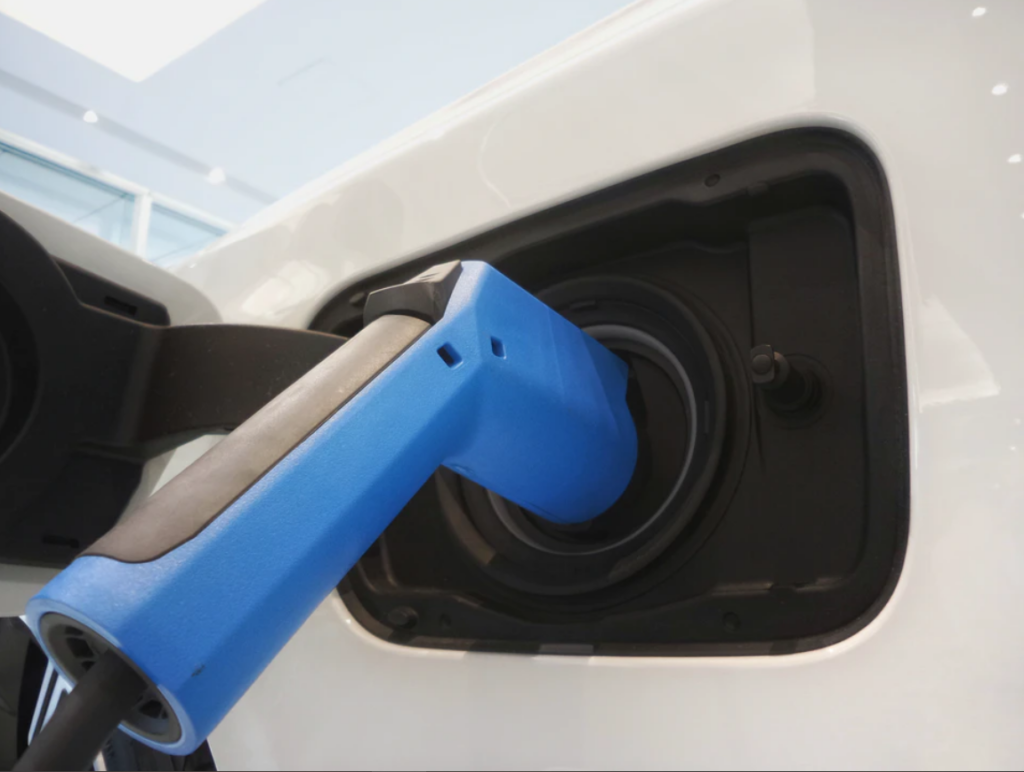According to an electric vehicle study from the National Bureau of Economic Research (NBER), EV drivers aren’t using their cars as much as those with gas-powered vehicles.
Specifically, EV drivers currently use their cars just half as much as others. Why is this interesting? There are a few reasons, actually.
This data may change the validity of the save-money-over-time argument
One of the big arguments for investing in the admittedly pricier electric vehicle segment is that you’ll save on fuel over time. Charging costs can indeed add up, but it’s nowhere near that of the $3.00/gallon cost. University of Michigan released a study in 2018 that EV owners were spending half as much on operational costs as those with gas cars.
If an EV driver travels 10,000 miles in one year, they will spend far less on vehicle power than their gas-guzzling counterparts. But with this new data from NBER, an EV driver may only be traveling 5,000 miles in a year, which greatly diminishes the amount they’re saving per year—and per vehicle lifetime. So rather than saving half the costs on fuel, you may be only saving a quarter of the costs. For some, this slimmed margin may not be enough to push them over the edge and make the initial investment.
The positive: Less at-home electric usage than previously estimated
Initially, U.S. regulators assumed EV consumption would take at least 6 kWh of electricity each day, but that number is now projected to be around 2.9 kWh of electricity each day. The cost of charging at home coupled with the cost of out-of-home charging adds up, but a reduction still slims the margin when compared to a gas-powered alternative.
Considerations of class from an electric vehicle study
This electric vehicle study is not an in-depth analysis of what it means to be an EV owner. Rather, it shows us the facts, after which we can infer at will. I, for one, can’t help but contemplate on what it means to be able to afford the initial EV investment in the first place.
Let’s clarify one thing. I’m a huge EV proponent, and I look forward to the day that they will be readily available, affordable, and feasible for people from all regions and classes. With states like California pushing for electric-powered vehicles in the next 14 years, it feels like innovation is underway.
Right now, however, the truth is that the average cost of an electric vehicle is $55,600 according to Cox Automotive. This is a lot more than the fuel-powered average of $36,600. However, the good news is that the EV average is much lower than it was just a year prior, in which the average price was as high as $64,300. All we have to do is continue this downward trajectory to even the playing field. At a time when questions of classism and racism are burgeoning across the nation, it’s crucial to consider the equitability of innovation—including who is allowed to play the climate game.
Does sparse charging infrastructure play a role in reduced EV usage?
The U.S. still has a long way to go in terms of charging infrastructure. Right now, charging ports are popping up sporadically, but it’s going to take a real haul-over to get people comfortable with driving more in their EVs. The electric vehicle study from NBER considered, there’s a catch 22 for EV ownership that people aren’t talking about—but it’s my hope that it will figure itself out.
